On Thursday 10th September, Dame Diana Rigg passed away at the age of 82 from cancer. One of the absolute greats with a glistening career that encompassed the stage, TV and film, she was best known for her roles as Emma Peel in The Avengers (1965-1968), the only female lead to tie the knot with James Bond in On Her Majesty’s Secret Service (1969), and the sharp-witted Olenna Tyrell in Game of Thrones.
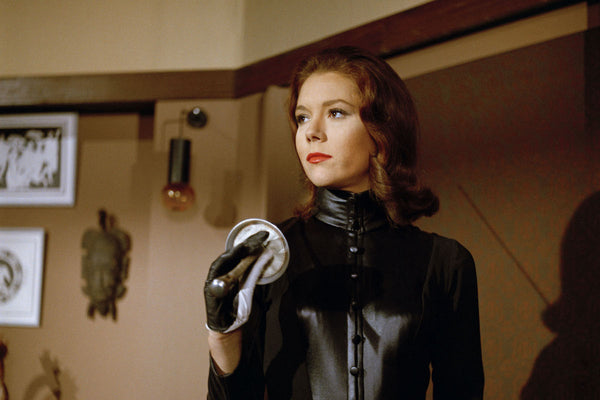
Diana Rigg as Emma Peel in The Avengers TV-series in which she made her name, partly due to her barrier-breaking catsuit costume.
Born in 1938 and raised in Yorkshire, England, Rigg was a devout Christian and a student of the old-school Royal Shakespeare Company. She was a thespian of purity that never turned away from her formative years on-stage, and it was her commitment to it throughout her career and the lessons she learned in doing so that paved the way for her greatness. In an old interview with The New York Times, she summarised her love of theatre saying “The theatre to me is home; in some curious way, I don’t belong anywhere else.”
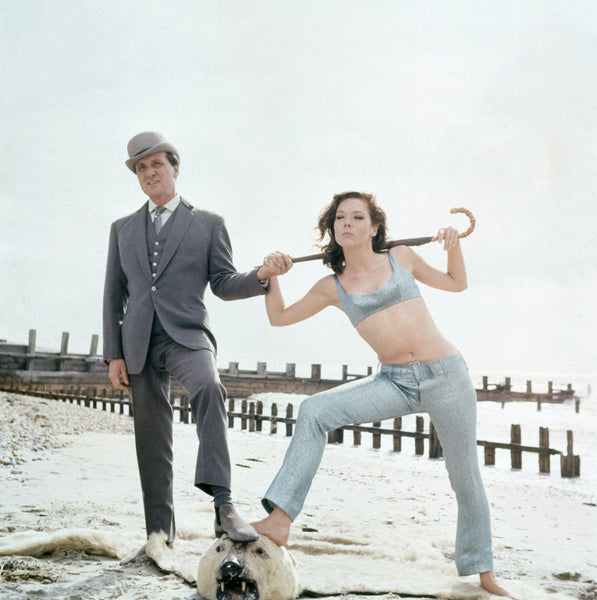
Diana Rigg alongside her co-star Patrick Macnee, who played the male lead as John Steed.
While her career spanned seven decades, Rigg was a starlet of swinging sixties. A style icon ne plus ultra in equal aplomb to the likes of Sir Michael Caine, Terrance Stamp and Peter O’Toole, she trumped them all when it came to donning leather. She wore her infamous feline costume made from leather in The Avengers, the cult-classic, hit TV-series that gave her the platform from which to break into the superstardom realm. She took over the reins from Honor Blackman who left the show to film Goldfinger and while it was a hit in the UK, it was also well received in the US and became one of the first British series to air on primetime TV.
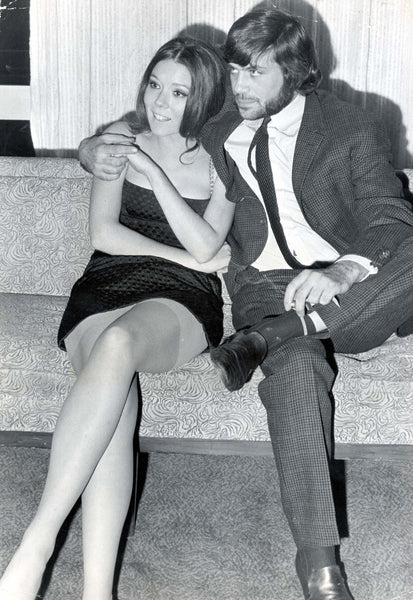
One of the great style icons of the swinging sixties, Rigg can be seen here with Oliver Reed, who was clearly fond of her, in 1967.
In The Avengers, Rigg instantly challenged the status quo when it came to female actresses dominating the screen. She went into the role clueless as to who her character was and what the show entailed, but straight from the off, she displayed overt sexiness and profound elegance with Richard Allan scarves as accessories and with nifty martial art skills in her locker. She played off her male counterpart John Steed, who conversely wore three-piece suits, bowler hats and armed with a sword-concealing umbrella, in such a way that together they captivated the nation.
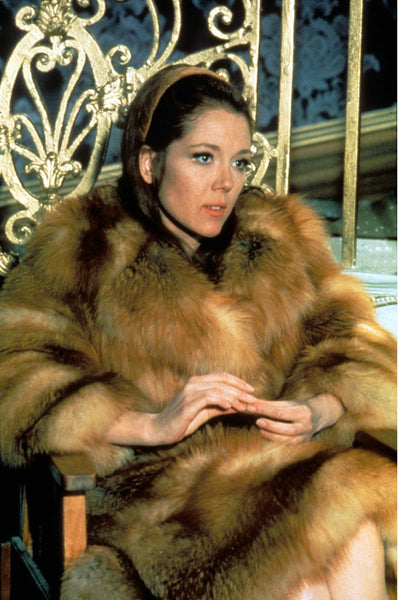
In On Her Majesty's Secret Service, Rigg played the irrepressible Tracy who was quite a challenge for Bond.
She was a staunch feminist, too, and while she brought entertainment to the masses, her exit from the show is of more importance. During a normal day on-set, Rigg discovered that she was being paid £30 a week less than the cameraman and consequently quit and quite right. The TV-series was never the same without her and it was a profound decision that further highlighted the importance of the issue of gender pay in the industry.

Rigg played the only 'Bond girl' to ever tie the knot such was her allure.
In 1969, she starred as the Corsican mob boss’ daughter in On Her Majesty’s Secret Service (we have first editions of many Bond novels, see here), which was George Lazenby’s only appearance as James Bond. As aforementioned, this was her second major role as an actress and she yet again challenged the stereotypes that came before her. With her role as the aristocratic Contessa Teresa di Vicenzo (or simply Tracy) Rigg challenged Bond. She was able to hold her own, keep up with him on the slopes and eventually hold down the notorious lothario forever and ever. After all, Lazenby wasn’t exactly a proven actor, so someone had to do it and who better than Rigg?
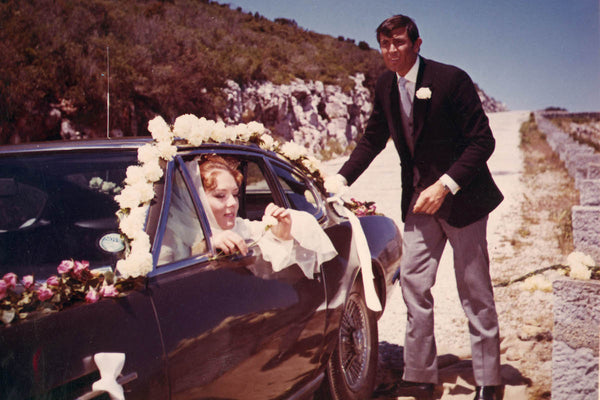
Sadly, it was a rather short marriage with her being killed off in the final scene of On Her Majesty's Secret Service.
Rather amusingly, it’s reported that Rigg and Lazenby didn’t get along. Lazenby accused Rigg of eating garlic just to spite him during love scenes and yet despite her insane beauty, the stench of garlic would likely have overpowered that. What was the reason for it, exactly? Perhaps it was the clashing of personalities, a toe-to-toe showdown between the feisty northern lass versus the arrogant Aussie model-cum-actor. But what’s for certain is that Rigg knew her role in the world and wasn’t ever going to be pushed around or made to play second fiddle.
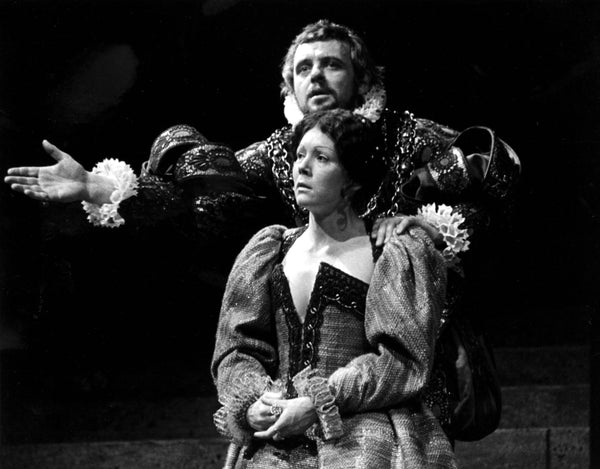
Throughout her career, Rigg never turned away from her roots as a theatre-born actress. Here, she's with Anthony Hopkins in Macbeth at The National Theatre in 1972.
Throughout the 1970s, 1980s and 1990s, Rigg continued to excel as an actress, especially on-stage. She picked up several nominations for Tony Awards, the first for Abelard and Heloïse and the second for The Misanthrope, before finally seizing the Best Actress accolade in the ancient Greek tragedy Medea in 1994. In recent years, her global status as a star was underlined for the umpteenth time in Game of Thrones as the Olenna Tyrell, however, she never watched the show prior or after appearing in it.
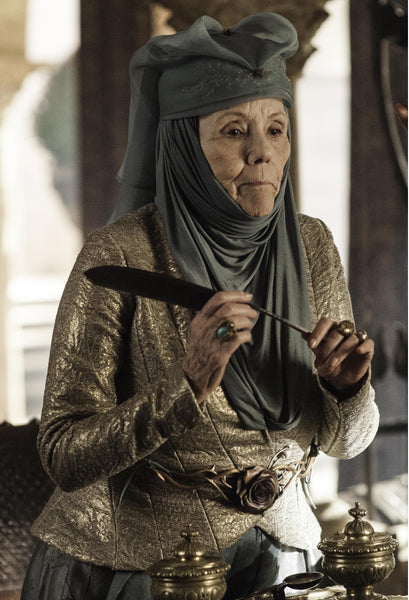
Up until her final few years, Rigg remained a star. In the immensely-popular TV series Game of Thrones, she played Olenna Tyrell, the powerful and commanding matriarch of the family.
Acting aside, it could be argued that Rigg’s greatest contribution to the world was being true to herself and sticking to her morals. She was made a Dame in 1994 by HRH The Queen, which was an honour most-deserved for a great woman who was grateful for every opportunity that came her way. She spoke out against injustices in the industry when many were silent and her confidence, elegance and kind-heartedness will forever be a blueprint in which to mimic for the women of the world.
So long, Diana.
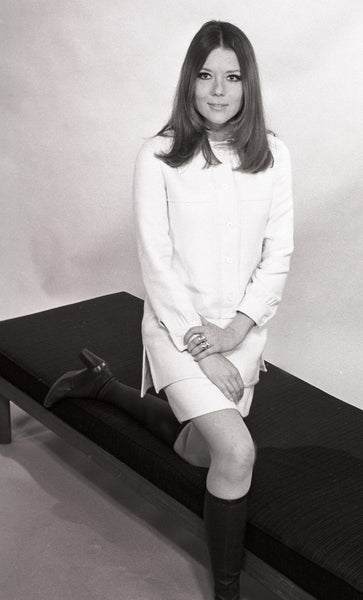
A true beauty, she's photographed here behind-the-scenes on ITV Saturday Night Theatre, 1970.